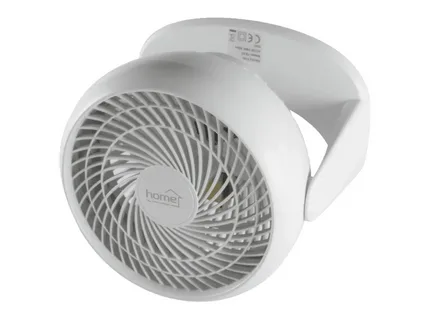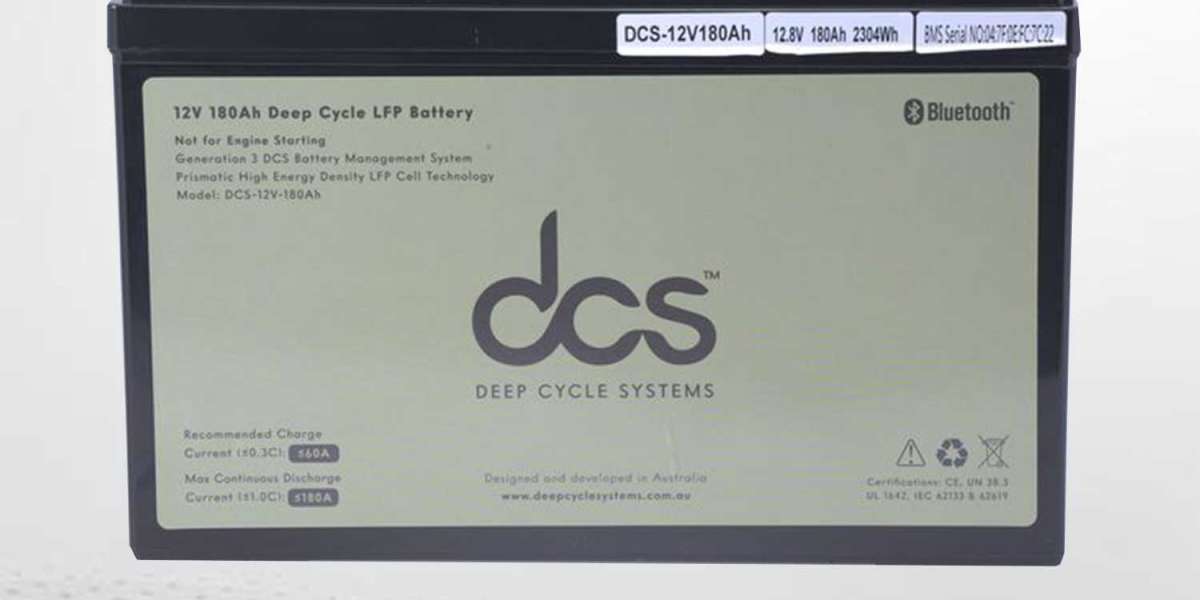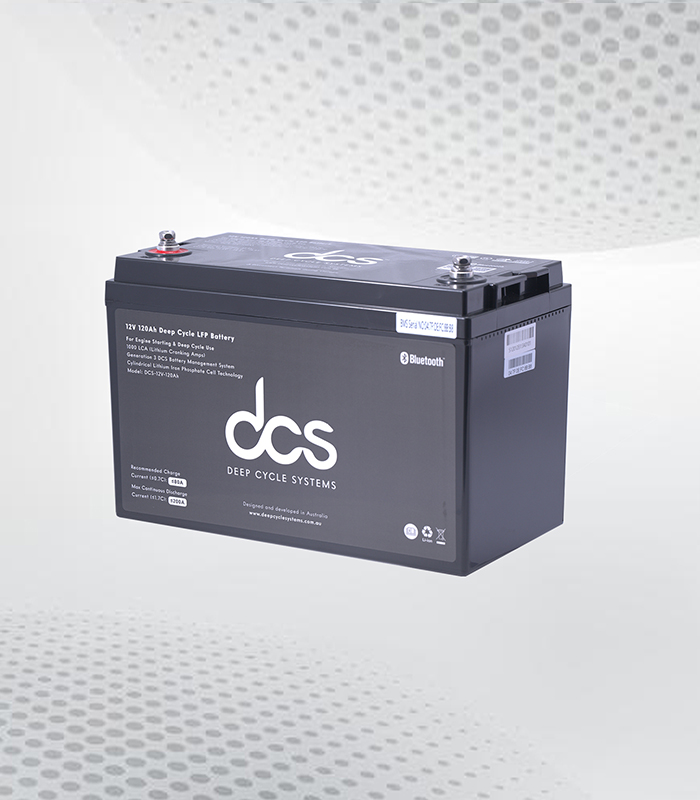Using a home ventilator can greatly benefit individuals who require respiratory support daily. Ventilators have traditionally been used in hospital settings, but advancements in technology have made it possible for patients to receive ventilator therapy in the comfort of their own homes. This shift not only enhances the quality of life for patients by allowing them to stay in a familiar environment, but it also reduces the financial and logistical burdens associated with prolonged hospital stays. Additionally, these ventilators offer greater flexibility and control over the patient’s care routine.
Enhanced Quality of Life and Comfort
One key benefit of using a ventilator at home is the significant improvement it brings to patients’ quality of life and comfort. Being able to stay in the familiarity and comfort of one’s own home while receiving necessary respiratory support eliminates the stress and inconvenience of frequent hospital visits. This convenience allows individuals to maintain a semblance of their normal daily activities and routines, which is crucial for mental and emotional well-being.
Moreover, the comfort of being at home must be balanced. Patients can sleep in their beds, eat home-cooked meals, and be surrounded by personal belongings and loved ones. These factors contribute to a more positive and comfortable healing environment, expediting recovery and enhancing overall satisfaction with care. Additionally, the ability to have loved ones nearby without the restrictions often found in hospital settings (such as visiting hours) means support is always available, further contributing to the patient’s comfort and peace of mind.
The adaptability of home settings to meet the patient’s specific needs also plays a significant role in enhancing comfort. For instance, the environment can be adjusted to suit the individual’s preferences regarding lighting, temperature, and noise levels, which is often not possible in a hospital setting.
Increased Independence for Patients and Families
The availability of a ventilator for home use significantly empowers patients and their families by fostering an environment of increased independence. This independence manifests through the ability to manage and administer respiratory care on their terms and schedule. Such autonomy encourages patients to take an active role in their healthcare and instils a sense of control over their illness, often lost in traditional hospital settings.
For families, the impact is equally transformative. They are provided the resources and training to support their loved one’s care in a familiar home setting. This reduces reliance on external caregivers and allows for a more intimate care experience, strengthening family bonds and reducing the emotional and logistical strain of hospital visits and stays.
Additionally, the shift towards home care through the use of ventilators introduces a flexible framework for treatment. Patients can tailor their daily activities and medical routines to best suit their personal and medical needs, further enhancing their sense of independence. This flexibility ensures that respiratory support does not confine them but enables a more liberated and fulfilling lifestyle.
Improved Access to Personalized Care
One of the standout benefits of having a ventilator for home use is its ability to provide more tailored healthcare. Bringing the care environment to the patient’s living space gives healthcare providers a unique opportunity to work more closely with patients and their families. This collaboration enables the development of a care plan that aligns with the patient’s specific medical conditions, lifestyle preferences, and daily routines. The personalized nature of this care can lead to more effective management of the patient’s respiratory needs, optimizing the therapeutic outcomes and potentially enhancing the patient’s ability to participate in and enjoy daily activities.
Furthermore, the convenience of home care allows for more frequent adjustments and fine-tuning of care protocols based on real-time feedback from the patient. This dynamic approach to care significantly departs from the one-size-fits-all model often experienced in more institutional settings. Instead of fitting into the rigid schedules and protocols of hospital care, patients benefit from a healthcare strategy that evolves with their condition and responds to their progress.
This level of personalized care is crucial for improving the health and well-being of the patient and plays a vital role in empowering them. Patients gain a deeper understanding of their condition and treatment, fostering a sense of ownership over their health journey. This empowerment can contribute to a more positive outlook, resilience, and compliance with treatment plans, all of which are critical factors in the success of long-term ventilator use at home.
Home Ventilators Reduced the Risk of Hospital-Acquired Infections
One significant benefit of home ventilators is the diminished exposure to hospital-acquired infections (HAIs). In hospitals, patients are more susceptible to a variety of infections due to the proximity to others who may be ill and the challenges of maintaining sterile environments across high-traffic areas. These infections can be particularly dangerous and even life-threatening, especially for those with compromised immune systems or pre-existing conditions. Patients can significantly reduce their risk of encountering these pathogens by opting for home care, safeguarding their health more effectively.
A home’s controlled environment can be kept clean, with fewer individuals coming in and out than a hospital or clinic. This reduction in exposure is crucial for patients who rely on ventilator support, as their respiratory systems are already vulnerable. Moreover, caregivers and family members can be educated on proper hygiene and equipment maintenance practices, further minimizing the risk of introducing infections at home.
The shift to home-based care with a ventilator not only prioritizes the patient’s comfort and independence but also acts as a preventive measure against the potential setbacks that HAIs could pose. This aspect of ventilator use underscores the broader health benefits beyond direct respiratory support, highlighting the protective barrier it provides against external health threats.
Technological Advancements Make Home Use Easier
The evolution of ventilator technology has significantly simplified the user experience, making it more accessible for patients to receive respiratory support without leaving their homes. Modern ventilators are now designed with the end-user in mind, featuring intuitive controls, such as touch-screen interfaces, that make navigation and adjustments straightforward, even for those without technical expertise.
The incorporation of remote monitoring capabilities is a leap forward in patient care. It allows healthcare providers to oversee a patient’s status and make necessary adjustments to the ventilator settings from afar. This ensures optimal care and offers peace of mind to both patients and caregivers, knowing that professional help is just a moment away if needed.
Additionally, these devices are equipped with sophisticated alarms that alert users to critical changes in oxygen levels or potential issues with the equipment, enabling prompt action to avoid complications. This level of safety and monitoring was once only possible in a hospital setting but can now be achieved within the sanctuary of the patient’s home.
Better Integration with Other Home Medical Devices
The seamless integration of ventilators with other essential medical devices marks a significant advancement in home healthcare. Modern ventilators have been designed to work harmoniously with various devices, such as oxygen concentrators, nebulizers, and pulse oximeters. This compatibility ensures patients can create a comprehensive home care system tailored to their respiratory needs. The ability to connect these devices not only simplifies the management of various treatments but also enhances the effectiveness of respiratory care.
For instance, a patient requiring both ventilatory support and supplemental oxygen can benefit from a system where the ventilator and the oxygen concentrator are synchronized, ensuring optimal oxygen delivery without requiring manual adjustments. Similarly, integration with nebulizers allows for seamless medication delivery directly to the lungs, improving the efficacy of treatments. The connectivity with pulse oximeters provides real-time feedback on the patient’s oxygen saturation levels, enabling immediate adjustments to ventilator settings if needed.
Emotional and Psychological Benefits
The presence of a ventilator for home use brings profound emotional and psychological benefits to both patients and their families. These advantages stem from the enhanced care environment and the support system that home care facilitates.
Sense of Normalcy: The ability to remain in one’s home while receiving ventilatory support helps maintain a sense of normalcy amidst the challenges of long-term illness. This familiarity and routine can significantly reduce anxiety and depression, offering comfort in the stability of home life.
Reduced Isolation: Being at home rather than in a hospital allows patients to stay connected with their families and social circles, which is critical for mental health. Social interactions, even in a limited capacity, can uplift patients’ spirits and mitigate feelings of isolation.
Empowerment and Autonomy: Patients who actively participate in their care by managing their ventilator settings or adhering to a care routine often experience a boost in self-esteem and autonomy. This empowerment fosters a positive mental outlook, enhancing their ability to cope with the condition.
Support Network: Home care enables a closer and more constant support network. The presence of family and friends who provide care and emotional support can significantly impact a patient’s psychological well-being, offering encouragement and reducing stress.
Facilitating Long-Term and Palliative Care
The introduction of a ventilator can significantly transform the experience of care for individuals facing chronic respiratory conditions or those in the stages of terminal illness. The shift towards providing long-term or palliative care in a home setting represents a compassionate approach, prioritizing the patient’s comfort and the desire to be surrounded by the familiar warmth of home and family. This form of care underscores the importance of maintaining dignity and quality of life, even as patients navigate complex health challenges.
Applying these ventilators in such circumstances enables a more personalized care experience, allowing treatments and daily activities to be adjusted according to the patient’s needs and preferences. This customization is crucial in palliative care, where the focus is on alleviating symptoms and enhancing comfort rather than cure. The ability for patients to remain at home also means they can make the most of their time with loved ones, fostering meaningful connections that contribute positively to their emotional and psychological well-being.
Conclusion
Integrating a home ventilator use into the care plans of those requiring respiratory support marks a significant evolution in patient care. These devices offer the convenience and comfort of receiving treatment in one’s own environment and empower patients and families with a sense of independence and control over their care. The advantages extend beyond the mere technical support for breathing; they encompass emotional, psychological, and logistical benefits that contribute to a more holistic approach to healthcare. Innovations in technology and the ability to synchronize with other medical devices enhance the efficacy and ease of use, making these ventilators a viable and beneficial option for many.
FAQS
Q: What Types Of Insurance Plans Typically Cover The Cost Of Ventilators?
A: These ventilators are often included in the coverage provided by various insurance plans, such as Medicare and Medicaid. However, coverage can vary, so it’s important to consult with your insurance provider to understand the specifics of your policy and what it entails for ventilator support.
Q: Who Qualifies For A Home Ventilator, And How Is It Determined?
A: A healthcare professional usually decides to use a ventilator based on the patient’s medical need for respiratory support. Criteria may include the patient’s ability to breathe independently, the severity of their respiratory condition, and their overall health status. Training on the operation and maintenance of the device is provided to ensure safe and effective use at home.
Q: What Is Involved In The Maintenance Of A Ventilator?
A: Regular maintenance is crucial for the optimal performance of these ventilators. It includes routine cleaning, filter changes, and checks to ensure the equipment works correctly. The manufacturer’s maintenance guidelines offer a schedule and procedures for upkeep. Additionally, healthcare providers can provide advice and support on maintaining the device.




